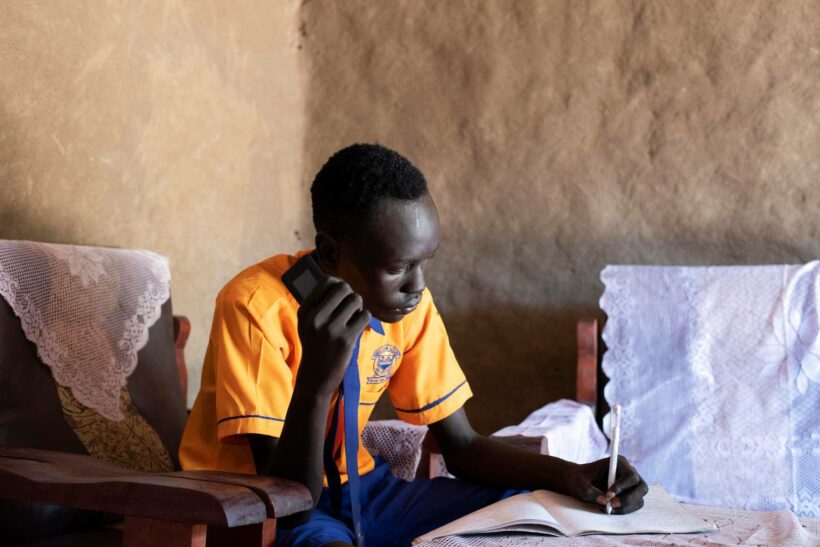When we talk about education, we usually refer only to the teaching and learning dimension. Socio-emotional education is rarely addressed, and almost never its institutionalization. The discrediting of institutions also affects education: schools, high schools and colleges. Educational institutions are also in crisis.
Even though competition in the education system seeks to make us believe that quality is measured by the results of standardised tests such as the SIMCE (National System for the Evaluation of Learning Results) or the PAES (Higher Education Access Test), the problems of coexistence and situations of violence are changing the way we should look at and evaluate educational establishments.
“I am looking for a school or high school where my children are safe and happy to go to class”. This is an increasingly frequent expression of mothers, fathers and guardians when evaluating and applying.
While the first schools were intended for children and young people to learn from their elders how to carry out activities in their communities, they evolved into a more rigid format, with adults teaching and students acquiring knowledge. Today we are in an incipient process of transition that also takes charge of citizenship education.
Among the many definitions available, I quote the Council of Europe from its Handbook on Human Rights Education with Young People: “Today ‘citizenship’ is much more than a legal construct and refers, among other things, to a personal sense of belonging, for example, a sense of belonging to a community that you can shape and influence directly”.
Citizenship education is therefore not the same as civic education. Citizenship is not taught in a classroom but in everyday practice; in the relationship with others within the institution(s), e.g., school, sports club, family or country.
Adherence to and identification with the educational community of a school does not happen automatically. The institution must create the conditions to achieve this. It is important to understand that the educational community or institution is made up of people. It is much more than infrastructure, rules and curriculum.
For the system to work, all members of the community must develop a sense of belonging, the main component of which is participation. At Fundación Semilla, we base our work on participation as the new form of coexistence, a simpler way of understanding citizenship.
In order to address the crisis of educational institutions, it is crucial to understand that without participation there is no sense of belonging, and without a sense of belonging there is no support or respect for the community.
The old formulas of imposing order through punitive actions such as suspensions, expulsions or humiliations may resolve a specific conflict, but they do not address or resolve the crisis.










